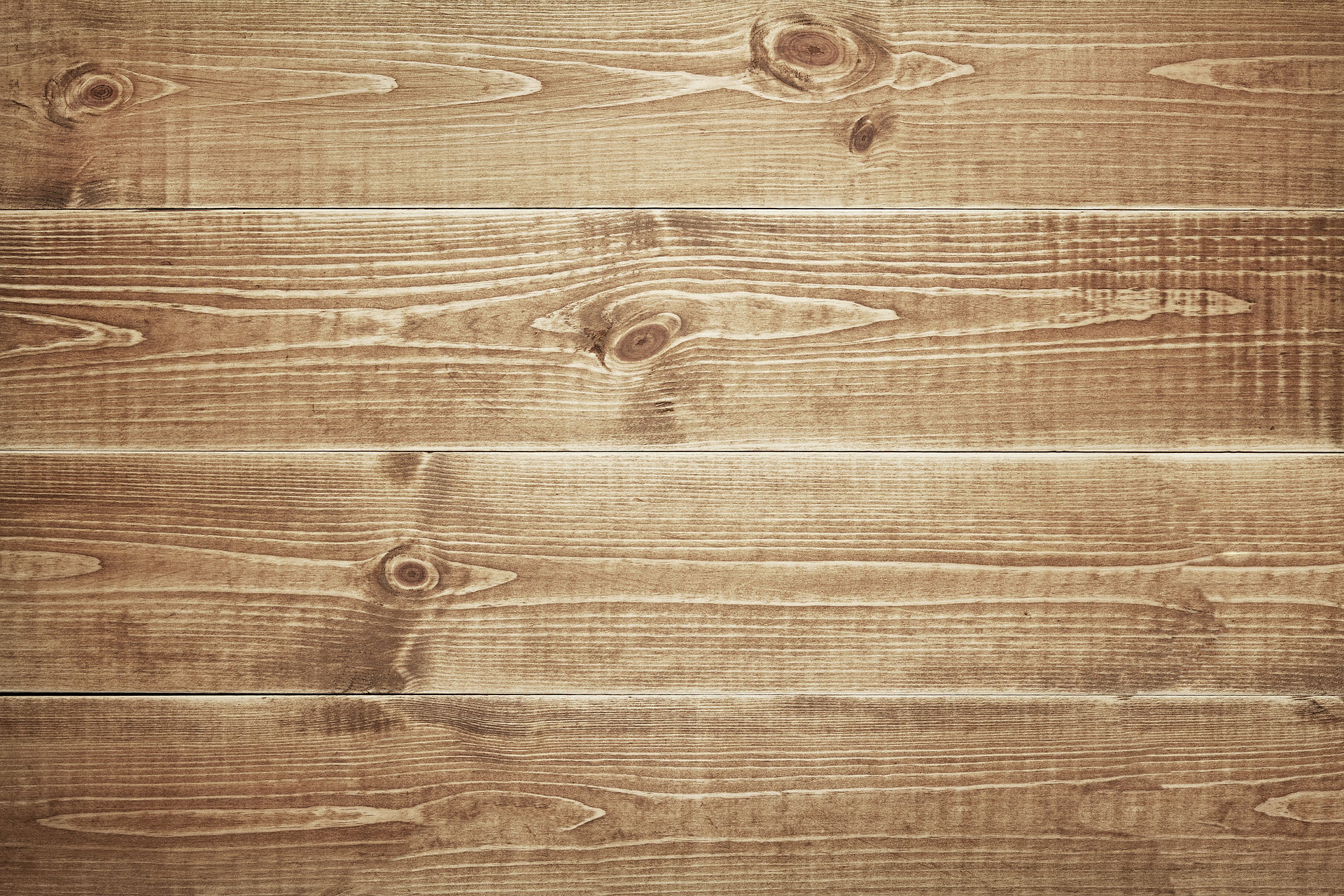UMEBOSHI
- Preserved
- May 10, 2021
- 2 min read
Updated: Jul 29, 2022
TIMELINE
Salting: ~2+ weeks
Seasoning: ~2+ weeks
Drying: 3 days
Maturing: recommended 3-12 months (or more!)
EQUIPMENT
Toothpick or skewer
Pickle weights approximately 2-3x weight of ume (see options in recipe)
Drying mats or dehydrator
INGREDIENTS
Ripe ume fruit (measure the weight with a scale to calculate your salt) Sea salt (8-10% of the total weight of ume)
Fresh, red shiso leaves - 15% weight of ume plums (needed by ~week 3)
STEP ONE: PREP & SALTING
Rinse ume fruits and pat dry. Using a toothpick or skewer, remove the small stems/nodes on the fruit.
Sprinkle a light layer of salt at the bottom of your chosen vessel. Place a layer of ume and cover with another layer of salt. Repeat this process to make layers of ume and salt until all is used up!
Place a heavy weight on top of the last layer. The weight should be 2-3x the weight of the plums. You can use a combination of pickle weights, pie weights, ziplock bag full of lots of salt, canned goods and/or a heavy jar full of water! Get creative!
Store out of direct sunlight for at least 2 weeks. Check everyday the first week to make sure it’s drawing out liquid (aka umesu vinegar). Add more weight if necessary. It needs to draw out enough liquid to completely cover the ume by the first week or you risk mold.
Once the ume produces enough brine to cover you can reduce the weight amount, but leave enough weight to ensure they stay well submerged in the brine.
STEP TWO: SEASONING WITH SHISO
Fresh, red shiso leaves (15% of weight of ume plums)
Sea salt (20% of the weight of Shiso)
After ~2+ weeks, prepare fresh red shiso leaves by sprinkling sea salt on them and massaging them gently to wilt. Squeeze out the moisture created. Pour a tablespoon of umesu (pickling liquid) over the leaves to season and draw out their color. Add to the jar of umeboshi below the weights, and leave to ferment for another 2 weeks or until the weather is appropriate for drying.
STEP THREE: DRYING
Check the weather for 3 consecutive hot, sunny days to sun-dry the umeboshi, or use an electric dehydrator for ~1 day.
To sun-dry, remove the umeboshi from the jar and place onto a drying tray, bamboo/straw mat or another similar type of mat that allows airflow, to dry. Make sure to leave space in between the fruits. Squeeze the liquid out of the shiso leaves and spread the leaves out on the tray to dry too. Bring in the tray at night, returning the plums to the umesu brine and then repeat for 3 days total.
After sun-drying, transfer the ume back into clean jars (or your original vessel) and distribute some of their brine (umesu aka plum vinegar) for long-term storage. They no longer not need to be completely submerged, in fact some recipes keep the umesu separate from the umeboshi from this point forward. However, we recommend keeping them in a little brine for flavor. Store at room temperature. Bottle any excess umesu and use in dressings and marinades!
STEP FOUR: AGING
We recommend aging umeboshi for another few months at room temperature. For a refined umeboshi, age for 1 to 3 years. Umeboshi does not need to be refrigerated long term.






